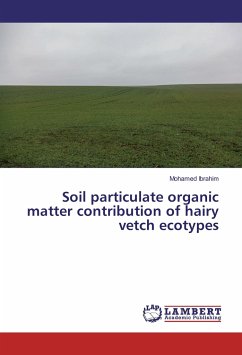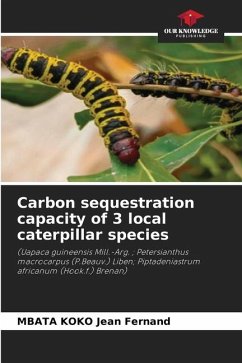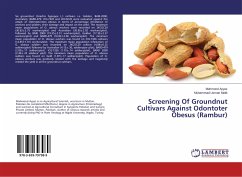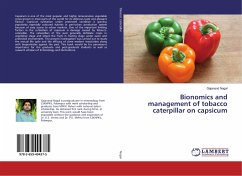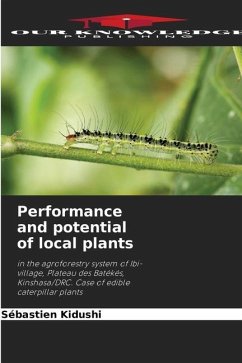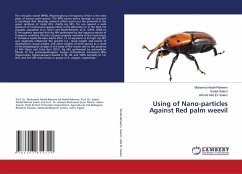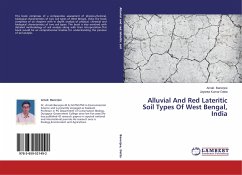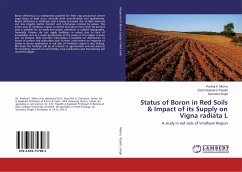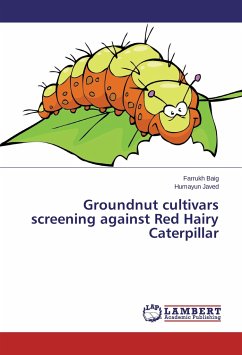
Groundnut cultivars screening against Red Hairy Caterpillar
Versandkostenfrei!
Versandfertig in 6-10 Tagen
33,99 €
inkl. MwSt.

PAYBACK Punkte
17 °P sammeln!
This book describes a simple way to practice host plant resistance phenomenon.Crop varieties resistant to insects are far less common than disease-resistant varieties, as plant breeders usually focusing more on disease resistance. However, if available, resistant varieties can be an effective defence tool against insect pests. But even when insect-resistant cultivars do not exist, some varieties may be less attractive to pest species or may tolerate more damage than others. Plant size, shape, coloration, leaf hair, cuticle thickness, and natural chemicals (attractants and repellents) can all a...
This book describes a simple way to practice host plant resistance phenomenon.Crop varieties resistant to insects are far less common than disease-resistant varieties, as plant breeders usually focusing more on disease resistance. However, if available, resistant varieties can be an effective defence tool against insect pests. But even when insect-resistant cultivars do not exist, some varieties may be less attractive to pest species or may tolerate more damage than others. Plant size, shape, coloration, leaf hair, cuticle thickness, and natural chemicals (attractants and repellents) can all affect pest susceptibility. Farmers can do their own breeding by collecting non-hybrid seed from healthy plants in the field. Plants well adapted to local conditions will be more likely to resist pests.



